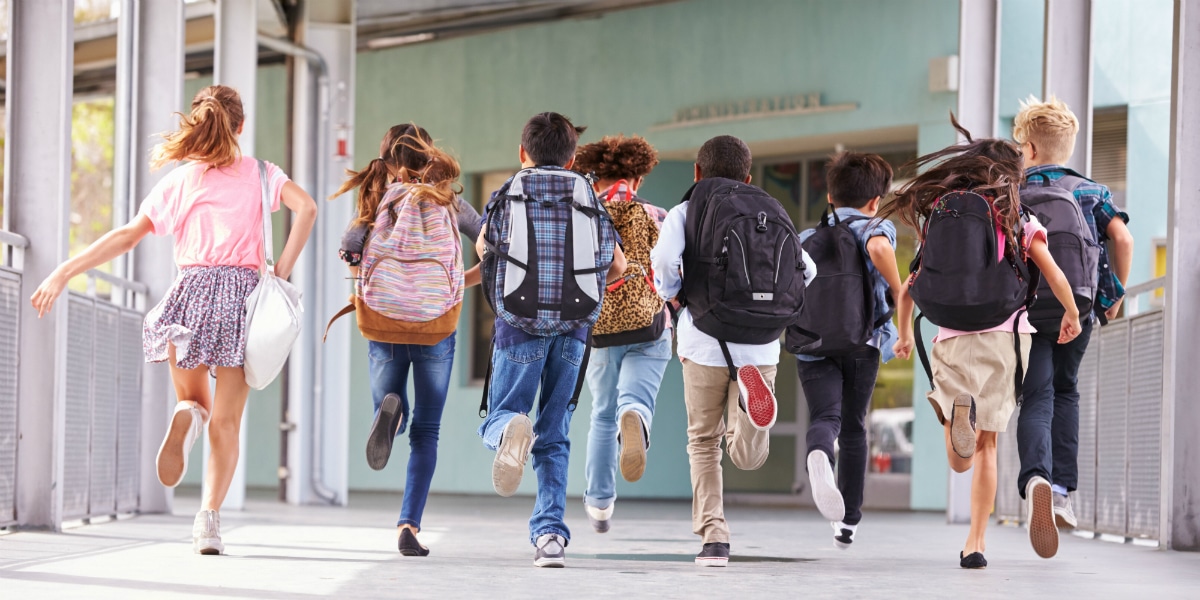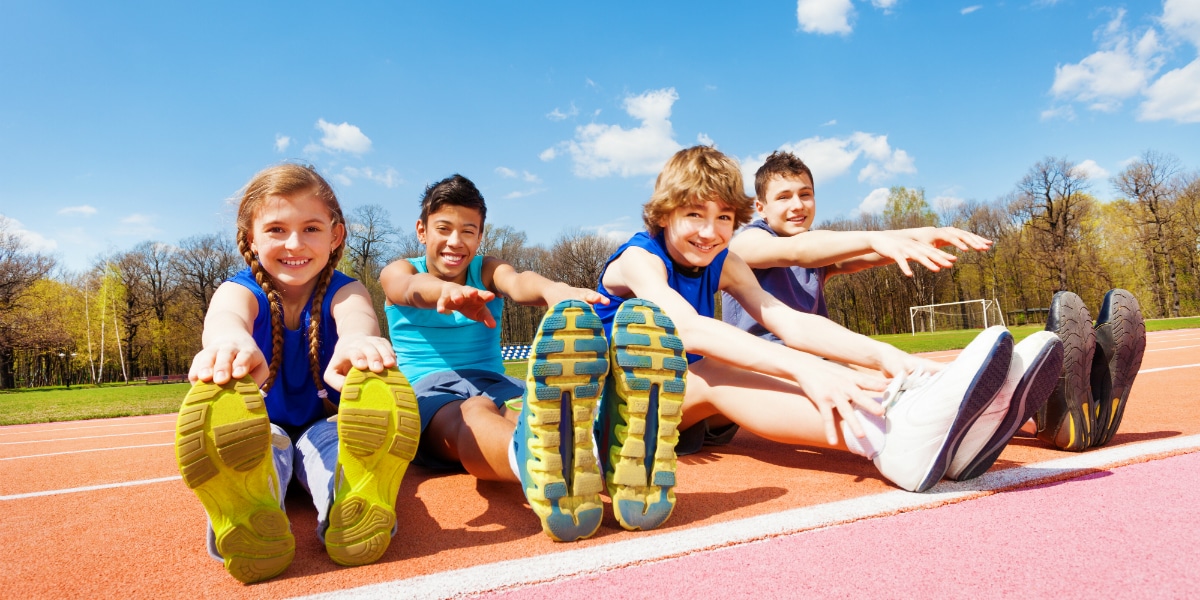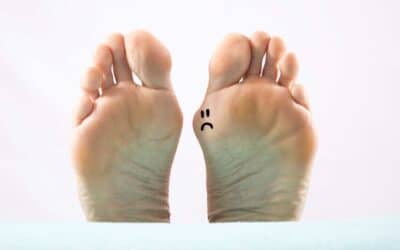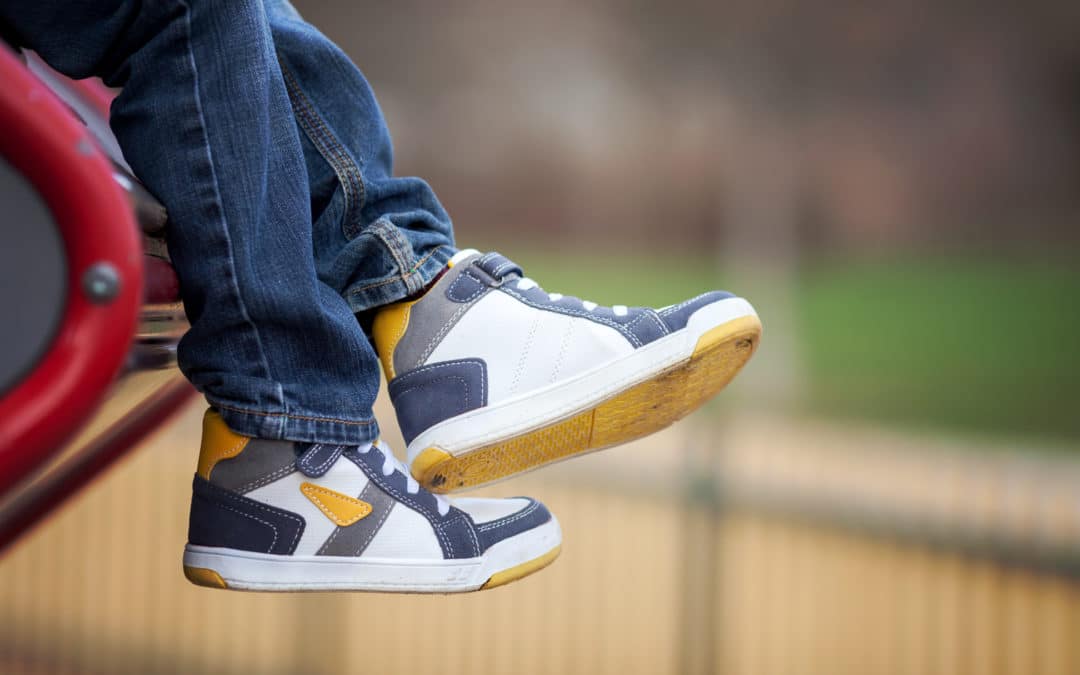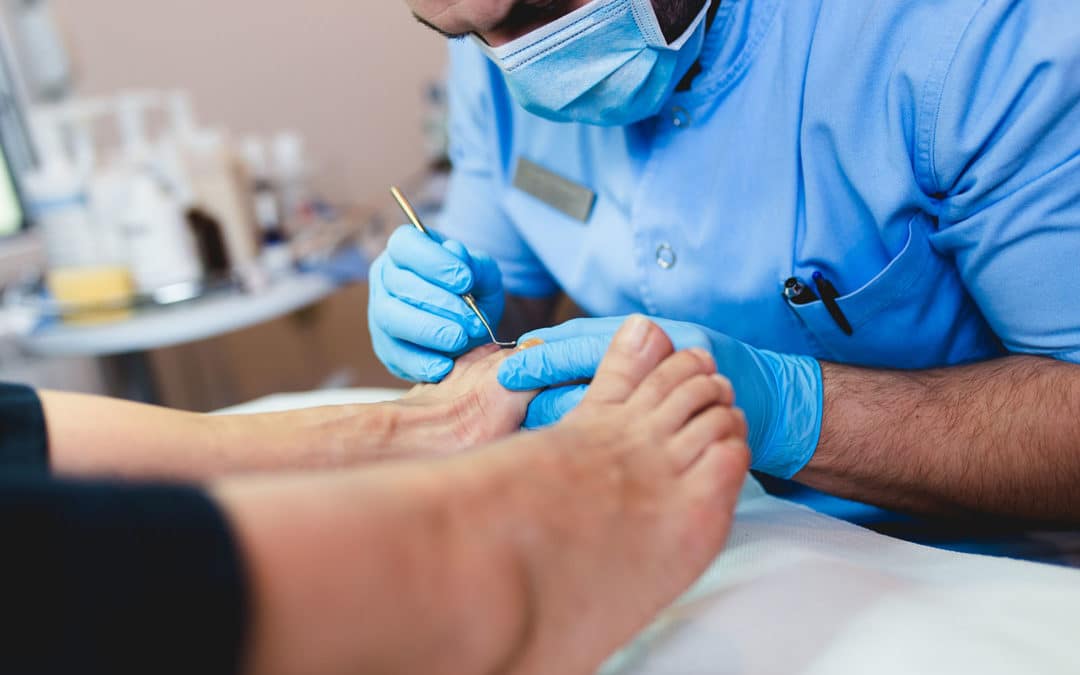Where does the time go?
Kids only have a few weeks left to enjoy the freedom of summer vacation—and that means there’s a good chance you’re scrambling to make sure your child has everything he or she needs to start the new school year off on the right foot.
And hey, speaking of feet- don’t forget about shoe shopping when you make your back-to-school checklist!
We understand. With all the books, pencils, backpacks, Trapper Keepers, and other things to buy, feet and shoes sometimes get overlooked. But it’s really important that your little one has good support and cushioning for their feet and arches. It’s hard to have fun on the playground with friends—or concentrate in the classroom, for that matter—when all you can think about is your foot pain.
But have no fear! We’re here to help you with this short, practical guide.
Check Their Current Shoes
Now, ideally, your child will speak up if their old pair is getting a little tight, or very worn down, or they just feel uncomfortable to wear. (In fact, any time your child complains of any foot pain, you should suspect that poor shoes may be a factor.) But that’s far from a guarantee, so you’ll have to check their shoes yourself regularly.
Remember, depending on the age of your child and where they are in a growth spurt, they may outgrow their shoes several times per year. Just because the shoes fit great 6 weeks ago doesn’t mean they fit anymore!
When your kid’s feet are actually in the shoes, you can gently push your fingers down on the toe box to see how much space there is between the front of the shoe and the longest toe (should be at least a quarter of an inch).
You can also just take the shoes by themselves and check for obvious signs of wear or bad fitting, including:
- Worn down treads.
- Worn or stressed seams.
- Bulging sides.
- Toe boxes bent upward.
Going Shoe Shopping
Okay, so you’ve completed the first step, and realized that junior definitely needs at least one new pair of shoes before the school year starts. But that doesn’t do you much good if you don’t know how to buy the right pair to replace them.
Here are 12 important tips you should follow when purchasing new shoes for your child.
No hand-me-downs.
Sorry, but it’s just a bad idea. Used shoes might save you a couple of bucks up front, but they are bad news for your child’s feet. First, they can easily spread germs and bacteria from the previous owner. Secondly, they’ve likely already conformed to the previous owner’s feet and can cause friction, pressure, and blisters for your child. And three, if they’re already worn down, they’re not going to provide much cushioning and support anyway—at least not for very long.
Take your child with you.
It’s important to have your child physically present to try on and walk around in the shoes to make sure the fit is right before buying. It may be helpful to choose a store that specializes in children’s footwear (rather than a general shoe store with a kids’ section) if your child is reluctant to go with you, or you don’t feel 100% comfortable picking out a pair yourself.
Go later in the day.
Feet tend to swell up a bit after a day of playing or activity. You want your child’s shoes to accommodate their feet comfortably, even at their when slightly swollen.
Bring along the correct socks.
The thickness and material of a given pair of socks does have an effect on how shoes fit on feet. So your little one should be testing any shoes with the same type of socks they’d typically wear with that pair.
Always measure first.
Feet should be measured while standing—and both the length and width are important. Measure both feet, as one foot is often a little larger than the other. (When this happens, look for a pair that fits the larger foot.) If you aren’t comfortable doing this yourself, a member of the store staff should be able to help you.
Don't go too big.
Get shoes based on the measured size. Check the space between the longest toe and the front of the shoe—there should be about half an inch, but no more than three quarters of an inch. Also check the heel, making sure it fits snugly but not too tight. Although it may be tempting to go up a size or two for a pair your child can “grow into,” this is a very bad idea. Shoes that are too big can cause pain and tripping, and may even impair natural foot development.
Opt for breathable materials.
Kids’ feet tend to sweat a lot. That means they often struggle with things like foot odor, athlete’s foot, warts, and other unsightly infections caused by germs that like dark, hot, and wet spaces. Shoes made from breathable fabrics like leather or canvas tend to do a better job staying dry.
Look for the correct amount of "give."
The tricky thing with shoes is they need to be stiff enough to provide adequate support and stability, but flexible enough to bend gently with the natural movement of your child’s feet. You can test this in three areas of the shoe. First, the heel counter should not collapse when you press on both sides. Second, the middle part of the shoe should be fairly rigid and unable to be seriously twisted. Third, the toe box should be able to flex upward, but should never fold or crease.
Shoes should always have some kind of adjustable closure.
This could be laces, Velcro, an adjustable buckle, etc. Generally speaking, you should not get your child slip-on or backless shoes. This is partly because of the lack of support, and partly because their feet grow too fast for shoes with an un-adjustable fit.
Have your child walk around in them.
Although a brand new pair of shoes may feel “weird” at first (especially if the old pair is well worn), they should be comfortable to wear and walk around in right away.
Buy two pairs.
For the same reason, you’ll want your child to have two pairs of “everyday” shoes that they can rotate every other day. This gives each pair a decent amount of time to dry out before they are worn again.
Make sure they have shoes appropriate for their activities.
A basic pair of all-around athletic shoes is all right for playground and gym class, but if your little one is on the basketball team (to use one example) they should have a pair of basketball shoes for the season. The same goes for other sports. Sport-specific shoes not only help them play better, but are designed to better protect their feet from the specific stresses and injuries of that activity.
We hope that these tips will help take some of the stress off your back-to-school tasks—not to mention keep your little one’s feet protected, supported, and comfortable throughout the day!
Remember also that, if your child is complaining of foot pain, you should schedule an appointment with the pediatric footcare experts at Texas Foot & Ankle Center. From the tiniest toes of toddlers and newborns to high-level high school and college athletes, we provide complete, compassionate, and comprehensive care for all children’s foot concerns.
For more information or to schedule an appointment, give us a call today at (214) 660-0777.
